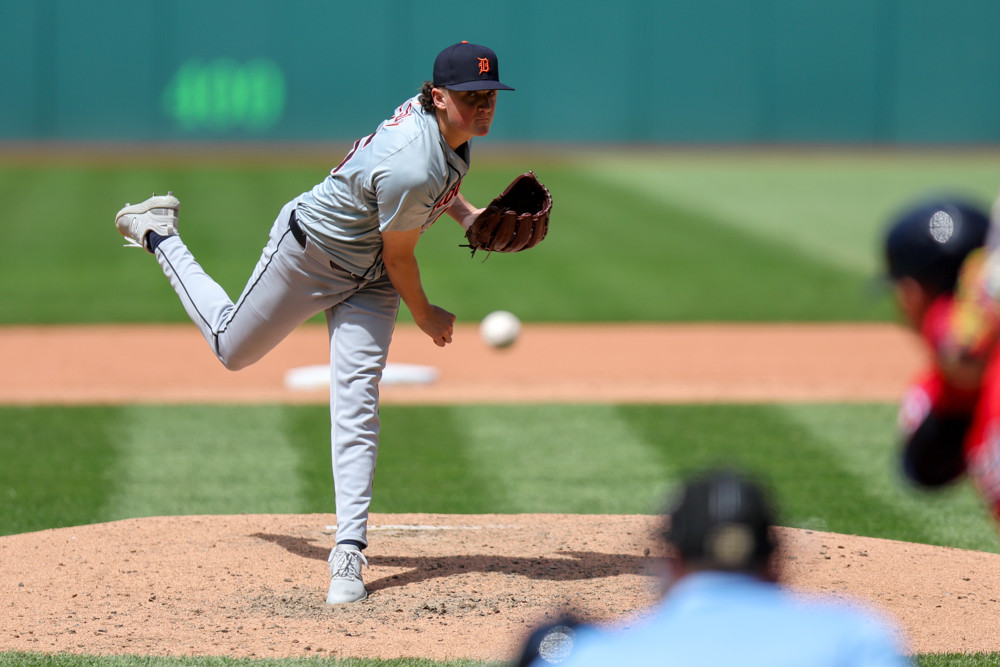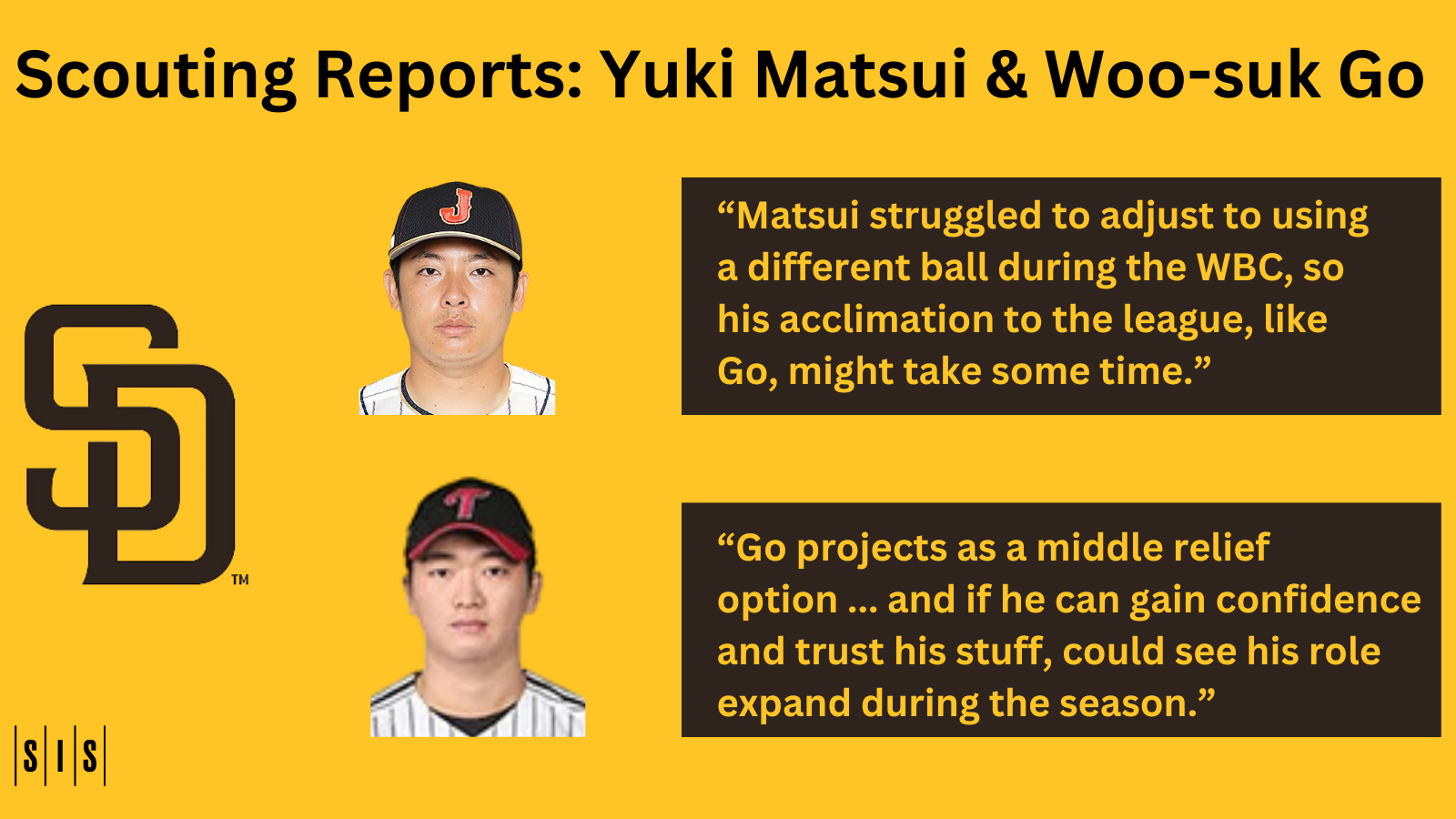In the wake of Willson Contreras’s brutal injury, catcher’s interference has found its way into the spotlight. A lot of the discourse has focused on the rise of catcher’s interference (and the injury risk that goes with it) due to catchers setting up closer to home plate to try to frame low strikes. While that is a big factor, another cause in the rise of catcher’s interference calls is replay review.
The Data
Catcher’s Interference became a reviewable play that teams can challenge in 2020, and it has been a call that teams have success challenging. From 2020 through 2023, catcher’s interference challenges have been successful 69% of the time, with a success rate about 10% higher than the next most successful replay category (force plays).
| Season | Total Catcher’s Interference | Catcher’s Interference Challenges | Challenges Overturned |
| 2018 | 41 | ||
| 2019 | 60 | ||
| 2020* | 35 | 7 | 4 |
| 2021 | 61 | 17 | 11 |
| 2022 | 74 | 25 | 19 |
| 2023 | 96 | 21 | 14 |
From Experience I Know: It’s A Tough Call To Make
From personal experience having umpired amateur softball for 9 years, catcher’s interference can be a tricky call to make. As the pitcher starts their windup, you are making sure that the delivery is legal, and once the pitch is released you are tracking the ball to see if it ends up in the strike zone. If the batter starts to swing, then you also have to consider if the batter did swing or not. Processing this while tracking rapidly moving objects and listening for sounds is tricky at the best of times.
Was the pitch high? The catcher will be reaching up for it, and possibly blocking your view with their glove.
Did you hear two sounds in rapid succession on the swing? Was that catcher’s interference, or was it a foul tip?
Sometimes you get lucky and there is an obvious call, like if the batter knocks the catcher’s glove off their hand, but it isn’t always that easy.
Also consider the rarity of catcher’s interference. MLB employs 19 crews of 4 umpires, for a total of 76 full-time umpires (not including call-ups). Even in 2022, there was less than 1 catcher’s interference called per full-time umpire over the entire season. Generally your first instinct when making a call will not be that catcher’s interference happened.
Diving deeper into catcher’s interference challenges, they are often challenged by the batting team, and frequently they are challenged on check swings. That is an important nuance, as a checked swing will not make a loud noise by hitting the catcher’s glove at max speed (hence the title of the article). Also, a checked swing will not knock the glove off the catcher’s hand, and is less likely to cause the catcher to react in pain. This limits the two key cues that tell umpires catcher’s interference happened.
A checked swing will also split the umpire’s concentration even more. Trying to determine if the pitch was in the zone, if the batter went around, and then if the bat made contact with the glove in a fraction of a second is very difficult.
For example
An example from April 27 of this year shows this perfectly as Cavan Biggio initially strikes out while checking his swing. Home plate umpire John Tumpane initially calls a strike three looking, then follows that up with a foul tip signal, before getting together with the rest of his crew. In the end the Blue Jays challenge for catcher’s interference and the call gets overturned.
MLB Ramifications
Diving into 2023 as the most recent full season, there are two main takeaways. Of the 14 overturned catcher’s interference challenges, 12 of them resulted in catcher’s interference being awarded when it had not initially been called. Of those 12 plays, 6 were plays where the batter had attempted to check his swing.
Had catcher’s interference challenges not existed in 2023, there would have only been 86 catcher’s interferences instead of 96, due to the 10 net catcher’s interferences added after challenges. This is still a large uptick from previous seasons.
However, applying the same logic to 2021 and 2022, catchers were getting hit with the bat at roughly the same rate as 2019, just that more were being called catcher’s interferences due to team challenges.
Catcher’s interference is definitely on the rise, and while that is due in part to catchers trying to steal more strikes, the use of technology to assist umpires in making a difficult call correctly (which replay is supposed to do) is contributing to that rise as well.


